Why is my generator’s oil pressure low, and should I be concerned? If you’re asking yourself what causes low oil pressure in generator, you’re right to be cautious. Low oil pressure isn’t just a minor issue; it’s a warning that something’s not right under the hood. It could be anything from a simple need for more oil to a serious mechanical failure. Ignoring it can lead to costly repairs or even engine failure. Let’s analyze the causes and solutions with Best Generator For Mobile Detailing so you can solve the problem before it gets worse.
What Is Oil Pressure, and Why Does It Matter in Your Generator?
Understanding Oil Pressure in Simple Terms
I often compare oil pressure in a generator to blood pressure in our bodies—it’s vital for keeping everything running smoothly. Oil pressure ensures that all the moving parts inside your generator are properly lubricated, reducing friction and preventing wear. Without sufficient pressure, the oil can’t reach all those crucial areas, which leads to increased friction, heat, and, eventually, significant damage.
Why Low Oil Pressure Is a Red Flag
When oil pressure drops, it’s like your generator is signaling for help. Low oil pressure can cause parts to grind against each other, generating excessive heat and leading to engine failure if left unchecked. Just as ignoring a health issue can lead to severe consequences, neglecting low oil pressure can escalate from a minor inconvenience to a costly disaster. It’s essential to understand these risks to prevent long-term damage and ensure your generator’s reliability.
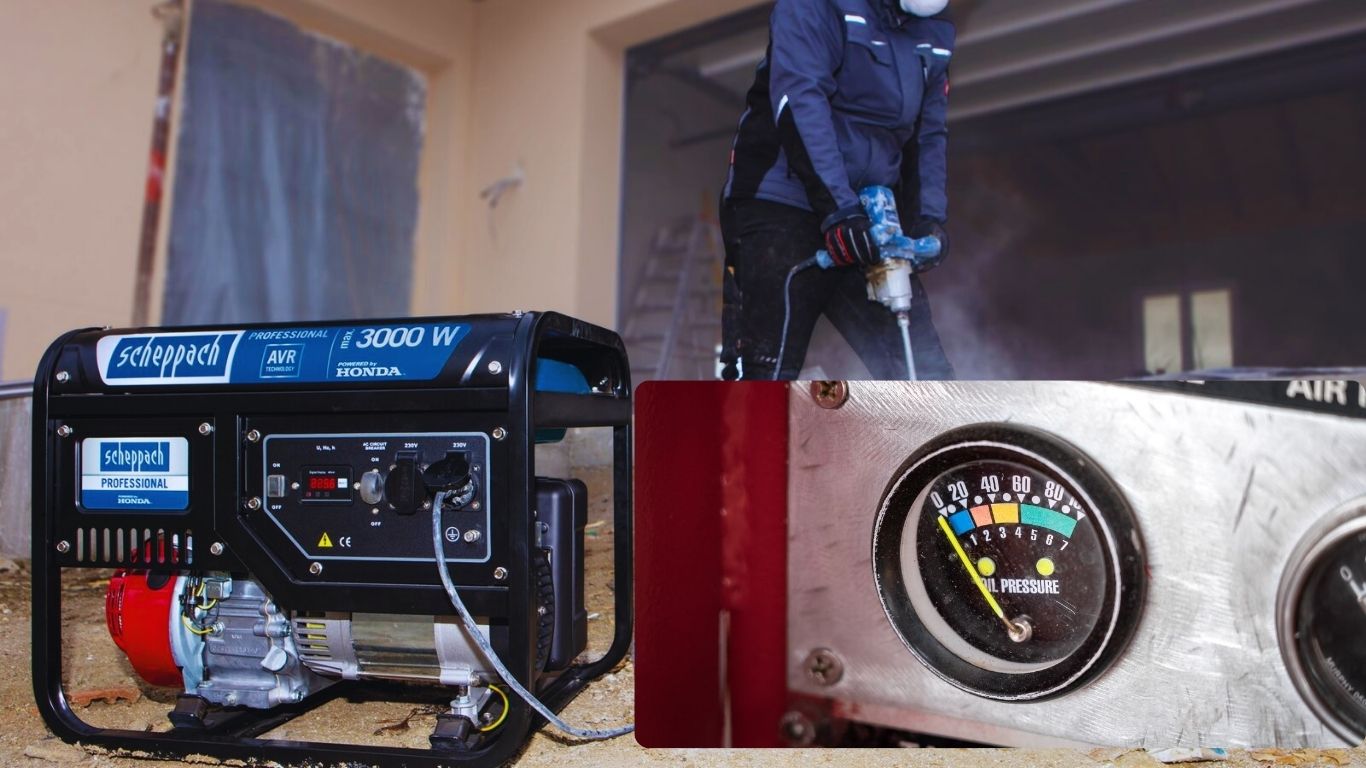
Recognizing the Warning Signs: How to Tell If Your Generator Has Low Oil Pressure
The Dashboard Doesn’t Lie: Understanding Oil Pressure Warning Lights
When I see that oil pressure warning light flicker on a generator’s dashboard, I know it’s not something to dismiss lightly. That light is your first alert that something might be wrong under the hood. It could mean that oil levels are too low, the oil pump is failing, or there’s a blockage preventing oil from circulating properly. These indicators are there for a reason—they’re telling you that your generator needs immediate attention to avoid further damage.
Auditory Cues: What Your Generator Might Be Telling You
Generators, much like other engines, have their own language. I’ve learned to listen closely for sounds like ticking or knocking, which often signal that oil isn’t reaching vital parts. These noises aren’t just annoying—they’re a warning that internal components are suffering from increased friction. Ignoring these sounds can lead to severe damage, so when you hear them, it’s time to act.
Visual and Olfactory Signs: Smelling Trouble Before It Escalates
Sometimes, you don’t even need a dashboard light or a strange noise to tell you something’s wrong. A quick visual inspection can reveal oil leaks, which often cause low oil pressure. Additionally, if you catch a whiff of burning oil, it’s a strong sign that oil is leaking onto hot engine parts. These signs shouldn’t be ignored; they’re clear indicators that your generator is in trouble and needs immediate attention.
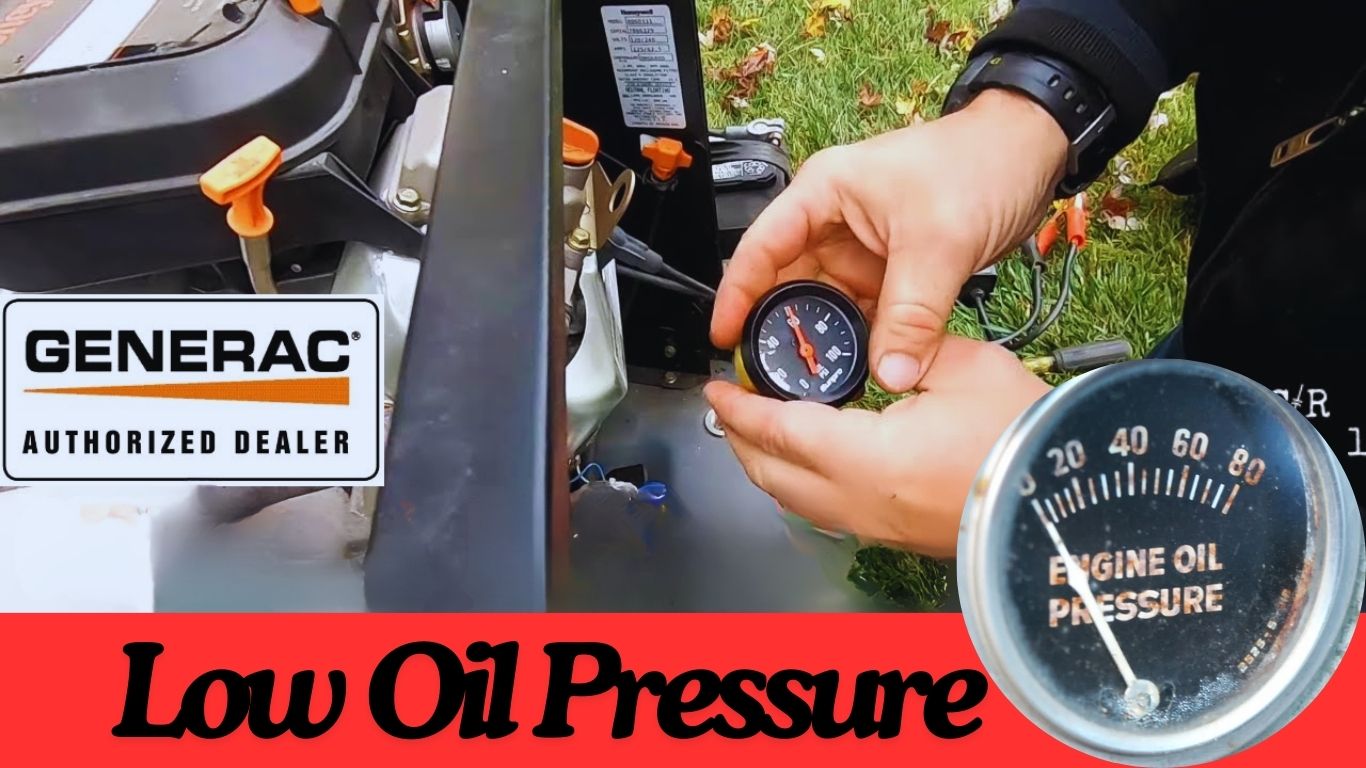
The Common Culprits: What Causes Low Oil Pressure in Generators?
Oil Level: When Less Is Definitely Not More
I’ve seen it time and time again—low oil levels are a primary culprit when it comes to what causes low oil pressure in generators. If you don’t maintain the correct oil level, your generator simply can’t function properly. It’s like trying to run a marathon while dehydrated. Often, low oil levels result from leaks or just neglecting routine maintenance. It’s a simple fix, but if overlooked, it can lead to much bigger issues down the road.
Oil Viscosity: The Thin Line Between Flow and Friction
Choosing the right oil viscosity is more critical than you might think. If the oil is too thick or too thin, it won’t circulate properly, leading to low oil pressure. Think of it like the consistency of a smoothie—too thick, and it won’t go through the straw; too thin, and it doesn’t provide the necessary nourishment. Different operating conditions require different oil viscosities, so it’s important to select the right type for your generator’s specific needs.
Worn Engine Components: Age Matters More Than You Think
As your generator ages, wear and tear on components like bearings can lead to reduced oil pressure. I always recommend keeping an eye on the health of your engine over time. Just as our bodies need more care as we age, so do our machines. Regular inspections can help catch these issues before they turn into major problems, ensuring your generator continues to run reliably.
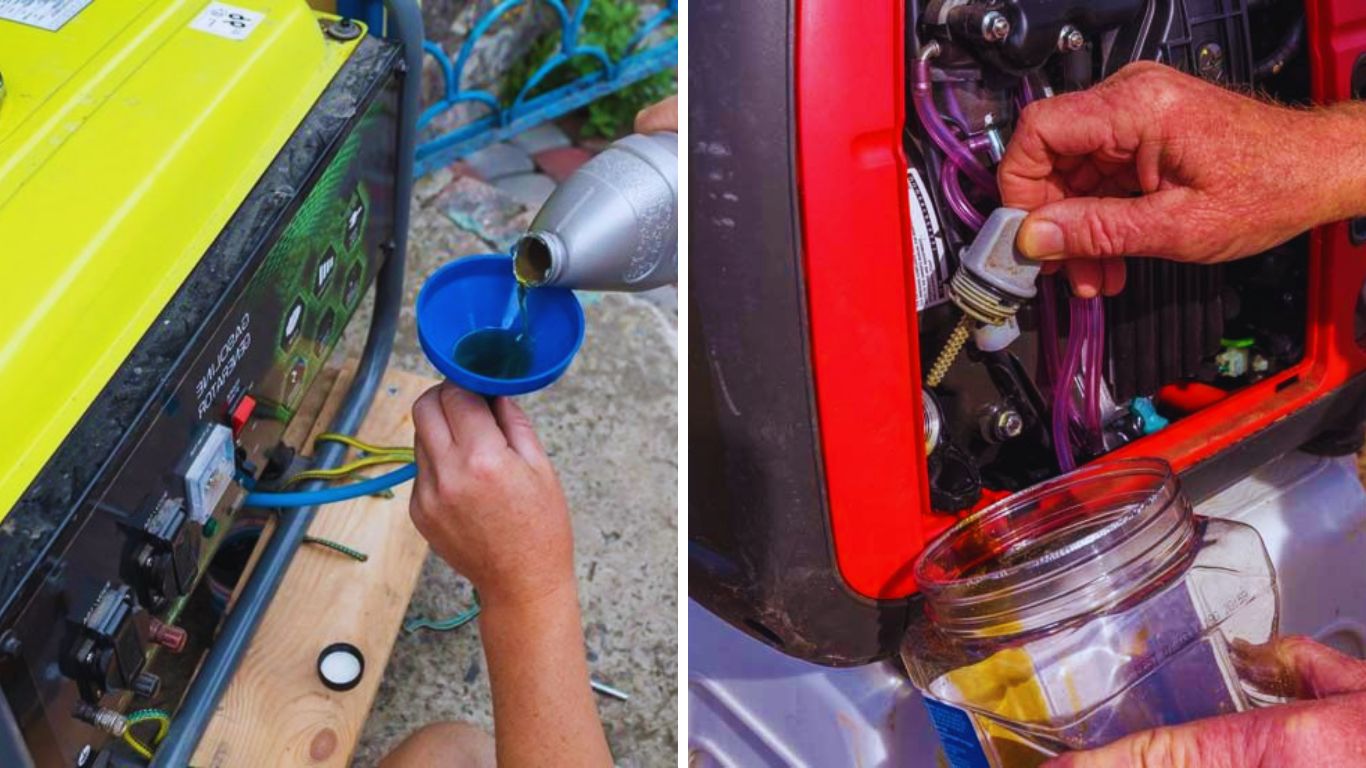
Oil Pump Failures: When the Heart of the System Gives Out
The oil pump is the heart of your generator’s lubrication system. If it fails, oil can’t be circulated properly, leading to a dramatic drop in pressure. This is a serious issue that needs to be addressed immediately. I’ve found that regular maintenance and early detection of issues are key to preventing pump failures. Don’t wait until it’s too late—keeping the pump in good working order is essential for your generator’s health.
Clogged or Dirty Oil Filters: The Hidden Threat
Oil filters do an essential job of keeping debris out of the oil, but over time, they can become clogged. When this happens, oil flow is restricted, causing a drop in pressure. It’s a hidden threat because it’s easy to overlook. However, replacing the oil filter at recommended intervals can prevent this issue. It’s a simple, cost-effective step that can save you from much bigger headaches later on.
Diagnosing the Problem: Step-by-Step Troubleshooting for Low Oil Pressure
Getting Started: Essential Tools and Safety Precautions
When addressing what causes low oil pressure in generator, preparation is key. I always begin by gathering the necessary tools—a pressure gauge, wrenches, and a multimeter. Safety should never be overlooked, so ensure the generator is off and cooled down before starting. Wearing protective gloves and eyewear helps prevent accidents during the inspection. Proper preparation is crucial to effectively diagnose what causes low oil pressure in generator without risking personal safety.
Check the Oil Level and Condition
First, I confirm that the generator is off and cool. Using the dipstick, I check the oil level—this is often the most straightforward cause of low pressure. If it’s low, I top it up with the right oil. I then inspect the oil’s color and consistency; if it seems degraded or incorrect, I replace it immediately. Regularly monitoring the oil level and condition can prevent many pressure-related problems.
Inspect the Oil Filter and Pump
I begin by checking the oil filter. If I find clogging or debris, I replace it—this simple fix can often resolve the issue. Then, I listen to the oil pump while the generator is running; unusual noises may indicate a failing pump. Using a pressure gauge, I check the pump’s performance, repairing or replacing it if necessary to restore proper pressure.
When you discover a broken oil pump in your generator, the first step is to shut down the machine and allow it to cool. Next, you’ll need to locate the pump, typically near the bottom of the engine. Remove any connected components and drain the oil. Carefully disconnect the faulty pump and replace it with a new one, ensuring all seals and connections are secure. Refill the oil, and then test the generator by starting it up to check for proper oil pressure. If replacing the pump feels too complex, it’s wise to consult a professional to avoid further damage.
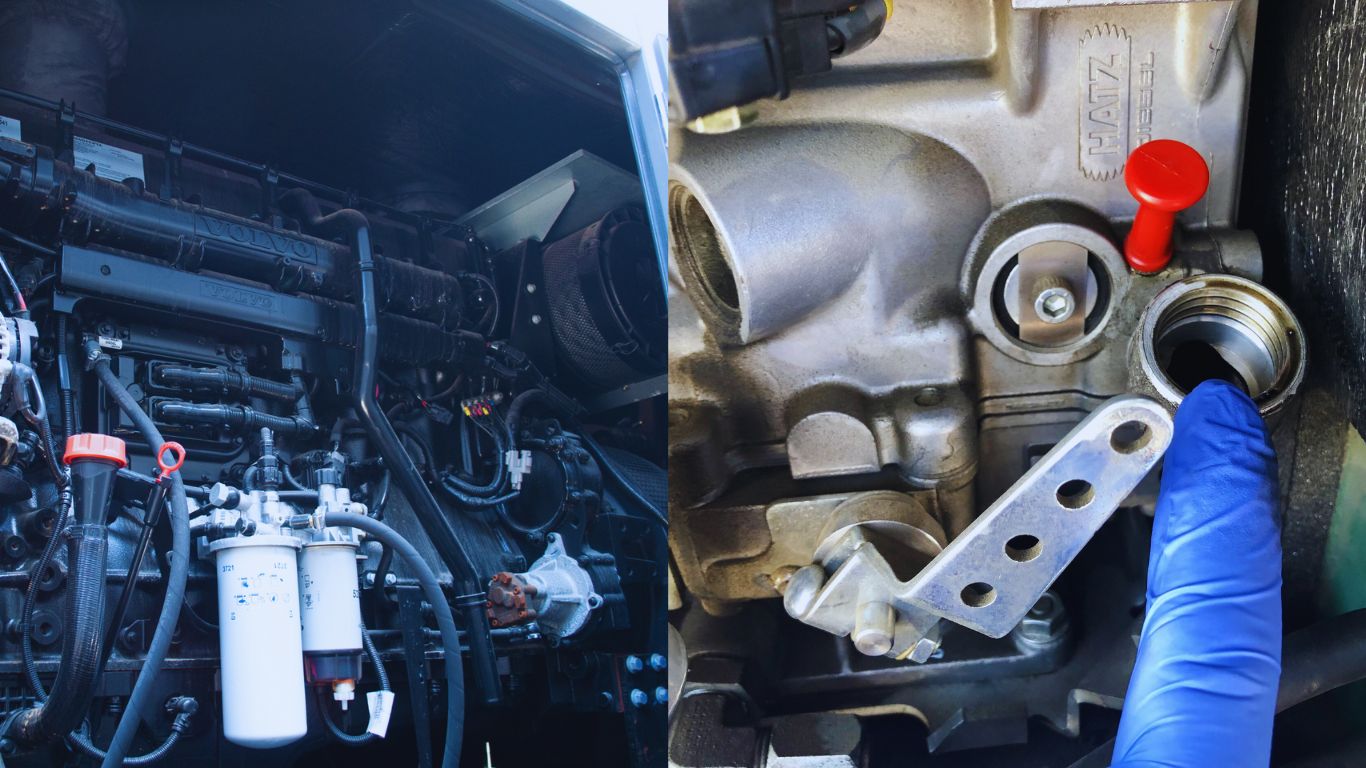
Assess Engine Wear and Tear
Visual inspection is essential here. I focus on bearings and seals, checking for signs of wear or leaks. If I suspect internal wear, I use gauges to measure clearances in key components. If the wear is significant, replacing worn parts or considering an engine overhaul may be necessary.
When dealing with worn parts in your generator, start by conducting a thorough inspection of key components like bearings, seals, and pistons. If you find significant wear, these parts should be replaced promptly to prevent further damage. Begin by disassembling the necessary sections of the engine, removing the worn parts, and installing new, manufacturer-recommended replacements.
If multiple parts are worn, or if the engine has high hours, it might be more efficient to consider a full engine overhaul. An overhaul involves rebuilding the engine by replacing most of the internal components, effectively restoring it to like-new condition. This process can extend the life of your generator and ensure reliable performance.
Evaluate the Oil Pressure Gauge and Sensors
Finally, I tested the oil pressure gauge for accuracy, replacing it if it gave faulty readings. I also inspect the connected sensors, as malfunctioning sensors can lead to incorrect pressure readings and obscure the real issue. After replacing any faulty components, I re-test the system to ensure everything functions correctly. Accurate gauges and sensors are vital for monitoring the generator’s health.
Solutions and Preventive Measures: How to Restore and Maintain Optimal Oil Pressure
Immediate Fixes: What to Do When You Detect Low Oil Pressure
When you notice what causes low oil pressure in generator, immediate action is crucial. The first step is to decide whether to continue operating the generator or shut it down. If the oil pressure warning light is on, I recommend shutting down the generator immediately to prevent further damage. Check the oil level and top it up if necessary. If the issue persists after adding oil, it’s best to inspect the oil filter and pump for blockages or failures. These quick actions can prevent more severe problems.
Preventive Maintenance: Keeping Your Generator Running Smoothly
Preventing low oil pressure starts with a solid maintenance routine. I suggest scheduling regular oil changes, replacing oil filters, and conducting routine inspections of the entire lubrication system. Consistent maintenance not only prevents low oil pressure but also extends the life of your generator. By staying proactive, you reduce the risk of encountering major issues down the line.
Choosing the Right Oil and Parts: Don’t Skimp on Quality
Quality matters when selecting oil and replacement parts. I always advise using high-quality oil that meets or exceeds the manufacturer’s specifications. The same goes for parts like filters and pumps. Investing in the best products may cost more upfront, but it pays off by ensuring your generator runs efficiently and with fewer issues related to what causes low oil pressure in generator.

Consulting the Experts: When to Seek Professional Help
Sometimes, the issue is beyond DIY troubleshooting. If you’ve tried the basic fixes and the problem persists, it’s time to call in a professional. I believe in the value of expert advice, especially when dealing with complex machinery like generators. Choose a service provider with a strong reputation and experience in generator maintenance. This step ensures that your generator receives the care it needs to continue operating at peak performance.
Your Trusted Source for Reliable Generators and Expert Mobile Detailing Tips
Best Generator for Mobile Detailing – Your ultimate resource for everything related to generators in the mobile detailing industry. We are dedicated to providing you with accurate and reliable information, ensuring you have access to the most comprehensive guidance available. Our goal is to be your trusted partner in selecting the perfect generator for your mobile detailing needs. Rely on us for unbiased recommendations and expert insights that will help you make well-informed decisions.
At Best Generator for Mobile Detailing, we are committed to delivering content that prioritizes accuracy, quality, and safety. Led by Senior Home Editor Roy Berendsohn, our team conducts thorough research to ensure you receive reliable information. We participate in affiliate marketing programs to support our operations, but rest assured, our product recommendations are selected based solely on their relevance and value to you. Trust Best Generator for Mobile Detailing for unbiased, high-quality guidance in choosing the best generator for your needs.
Conclusion: Ensuring Longevity and Reliability of Your Generator Through Proper Oil Pressure Management
Maintaining proper oil pressure is essential to keeping your generator running smoothly and avoiding costly repairs. By regularly checking oil levels, viscosity, and engine wear, you can prevent the common issues related to what causes low oil pressure in generator. Proactive maintenance and using quality parts are key. When problems do arise, addressing them early and knowing when to consult an expert will help ensure your generator’s reliability and longevity. In short, Best Generator For Mobile Detailing recommends that you stay vigilant about caring for your generator so it will perform well for many years to come.
FAQs: Quick Answers to Common Questions About Low Oil Pressure in Generators
What Should I Do If My Generator’s Oil Pressure Warning Light Comes On?
If the oil pressure warning light comes on, I recommend shutting down the generator immediately. This warning is a clear signal that something isn’t right, and continuing to run the generator could cause significant damage. Check the oil level first and top it up if necessary. If the light stays on, it’s time to inspect the oil filter, pump, and related components to identify the underlying issue.
How Often Should I Check the Oil Pressure in My Generator?
I think it’s wise to check your generator’s oil pressure regularly, especially before each use. For frequent users, a weekly check can prevent minor issues from turning into major problems. Regular checks help catch low oil pressure early, ensuring your generator stays in optimal condition.
Can I Use Any Type of Oil in My Generator?
No, you can’t use just any oil. I always advise using the oil recommended by your generator’s manufacturer. The wrong oil viscosity can lead to low oil pressure, poor performance, and even damage to your engine. Stick to the specified type and grade to keep your generator running smoothly.
What Are the Signs That My Oil Pump Is Failing?
A failing oil pump often makes unusual noises, like whining or grinding. You might also notice a drop in oil pressure or see the warning light flicker on. I recommend listening closely for these signs, as early detection is key to preventing more severe damage.
How Long Can I Run My Generator with Low Oil Pressure?
Running a generator with low oil pressure is risky and should be avoided. If you’re wondering how long it’s safe, the answer is: not long. Low oil pressure can cause internal damage quickly. If you detect low oil pressure, shut down the generator immediately and troubleshoot the problem.
Marion Woods is an accomplished generator technology expert with over 15 years of experience, currently serving as the Chief Technology Officer at GenTech Power Solutions. She holds a Master’s degree from MIT and specializes in enhancing generator efficiency and integrating renewable energy sources. Marion is a respected author and speaker in the engineering community, dedicated to pioneering sustainable power solutions.
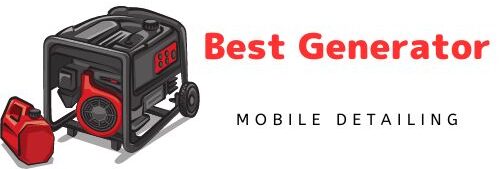
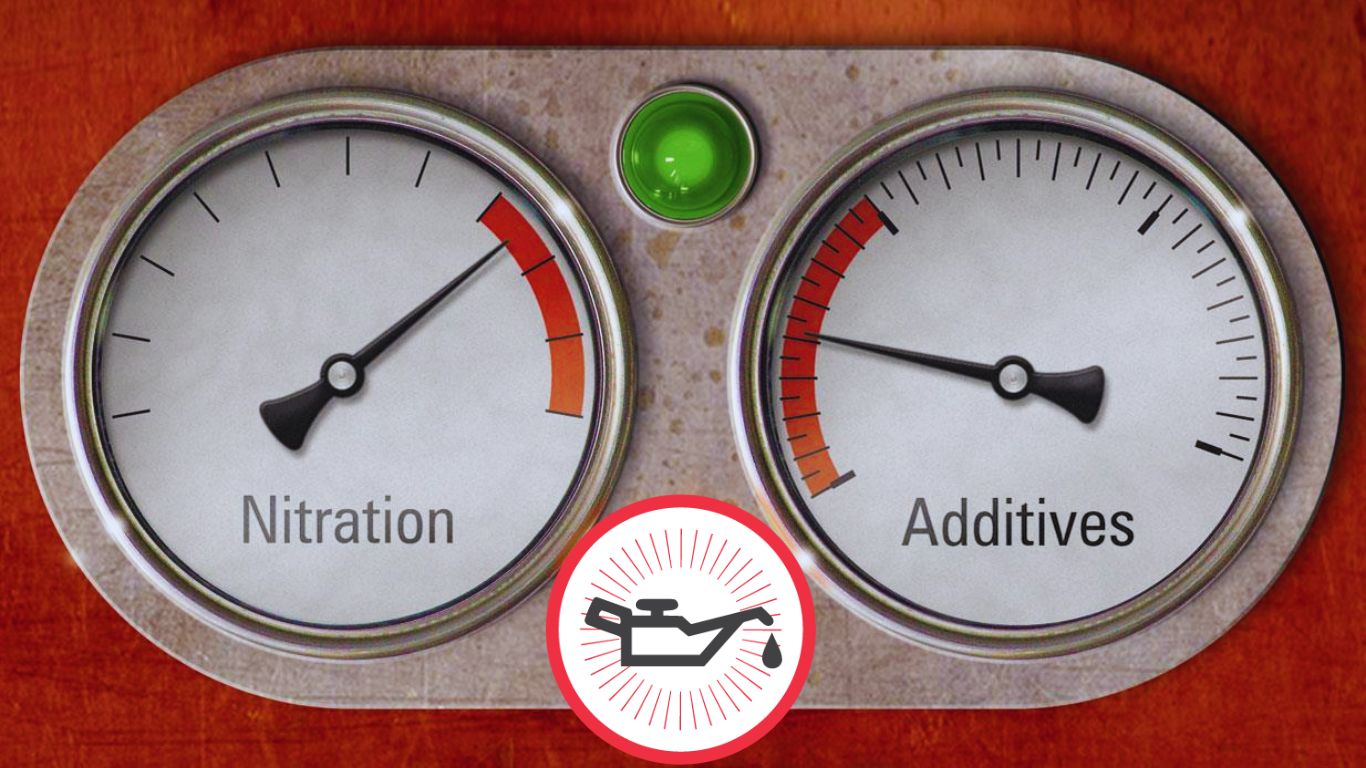
3 thoughts on “What Causes Low Oil Pressure In Generator? Top Issues Explained”